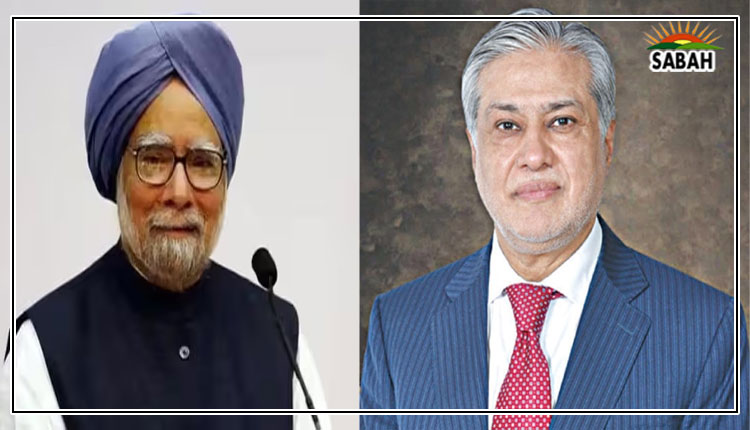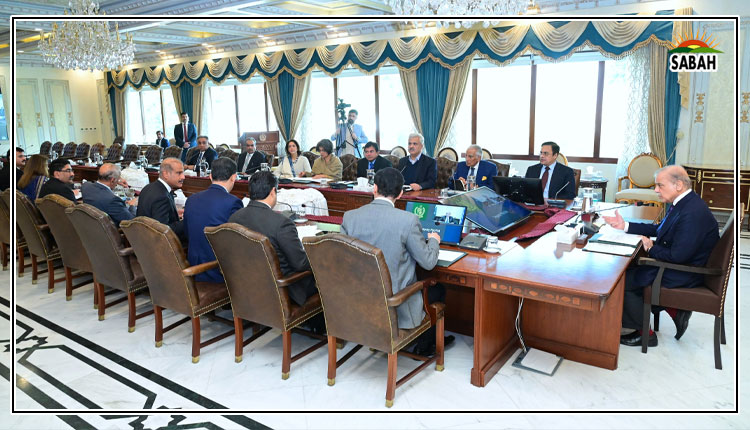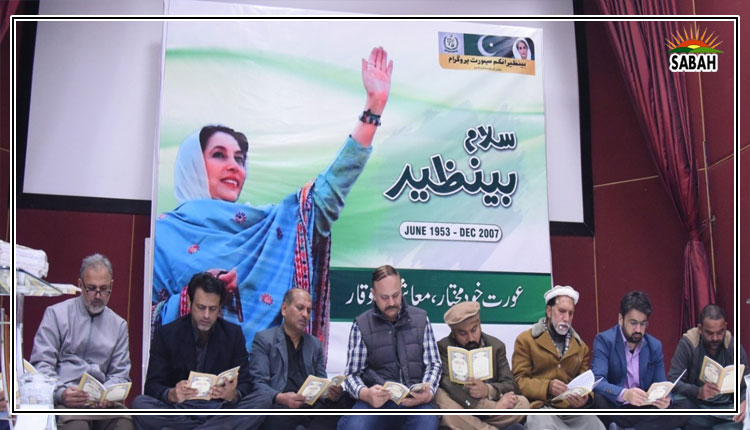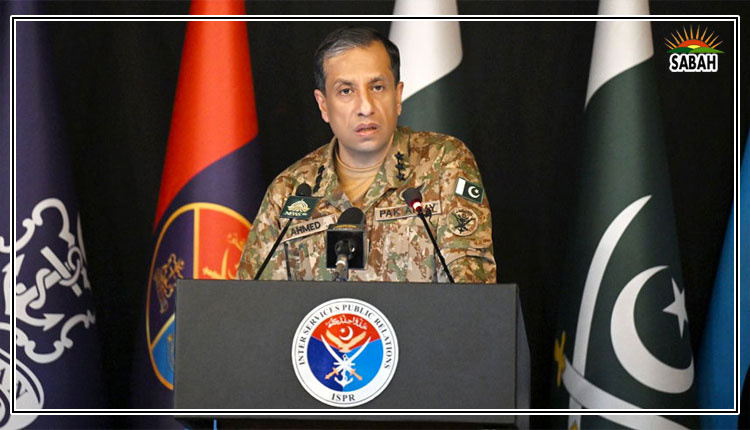Elections in Nepal : By Khalid Bhatti
The general elections held on November 20 in a bitterly divided Nepal failed to produce a clear winner and the country is now facing a hung parliament. The Congress-led coalition has won most seats but fell short of a simple majority of 138 seats to form a stable government.
The Congress led by Prime Minister Sher Bahadur Deuba has won 87 seats while its main rival, the Communist Party of Nepal (CPN-UML) led by former PM K P Sharma Oli, finished with 77 seats. Sher Bahadur Deuba is likely to become the prime minister of Nepal for the fifth time.
The ruling coalition comprising the Nepali Congress (NC), CPN-Maoist, CPN-Unified Socialist, Loktantrik Samajwadi Party (LSP) and the Rashtriya Janamorcha has so far bagged 134 seats. The new government will rely mainly on its allies and coalition partners to survive.
The Communist Party of Nepal- Maoist (CPN-M) has finished in third spot with 31 seats. The Rashtriya Swatantra Party (RSP), a new political party formed by young middle-class activists, won 21 seats. It is not clear whether the RSP will join the ruling alliance or the opposition. The decision of the RSP, which has emerged as the fourth largest party, will also affect the power equation in Nepal.
The pro-monarchy Hindu nationalist Rastriya Prajatantra Party (RPP) has won 14 seats. Communist Party of Nepal-Unified Socialist (CPN-US) has won 10 seats. The CPN-US led by former PM Madhav Kumar Nepal has lost 15 seats in this election. The People’s Socialist Party (PSP-N) has won 12 seats. Nearly half a dozen smaller parties also won 20 seats in parliament.
The turnout was 61 per cent, lower than the 2017 elections. Unlike other South Asian countries, Nepal uses a mixed electoral system to elect its 275 members of the House of Representatives;165 out of 275 members are elected under the first-past-the-post (FPTP) system while 110 members are elected through the Proportional Representation System.
Every voter casts two ballots — one is to elect a constituency candidate and one for party preference. Congress has won most constituencies 55 while the CPN-UML bagged most votes on proportional Representation. The CPN-UML has secured over 2.5 million votes under the proportionate voting method, followed by the NC with 2.4 million votes.
The CPN-UML received marginally more votes than the NC under the proportional representation (PR) system. However, Congresss stronger showing under the FPTP system put it ahead in the race to form Nepals next government.
The Communist Party is a power to reckon with in Nepal. The Communist Party and other Left parties enjoy massive support among the population, unlike other South Asian countries. The Left failed to overcome its differences and form an alliance to contest the elections on a single platform to gain an upper hand in parliament like in 2017. Both the main factions of the CPN have lost seats in the elections due to this infighting. The CPN-UML has lost 17 seats while the CPN-M lost 18 seats in this election compare to the last election. The Congress has gained 24 seats.
The split in the Communist Party of Nepal (CPN) paved the way for the Congress to emerge as the largest party in parliament. The personality clash and political differences have caused a split in the CPN.
The geopolitical struggle between China and India to gain the maximum influence in Nepal also played its part in the split. Both India and China are engaged in an intense geopolitical struggle to dominate the landlocked Himalayan nation. Historically, India wielded massive influence in Nepal. Traditionally Congress was considered as the more pro-India party while the CPN-UML was considered anti-India and pro-China. The Maoist guerillas (now CPN-M) were also considered pro-China.
China has increased its influence in Nepal in the last one decade, leading to India feeling more threatened. China economically helped the CPN government led by KP Sharma Oli. PM Oli was considered a close ally of China which caused a crisis in the CPN. The Chinese Communist Party tried to solve the crisis within the CPN but failed. The Maoist faction within the CPN took a more pro-India position and finally the party split into two.
The split and divisions among the CPN have disappointed some young voters and they turned away from Left parties. The CPN was formed in 2018 after the merger of the Communist Party of Nepal-Unified MarxistLeninist (CPN-UML) and Communist Party of Nepal-Maoist Centre (CPN-M). The total strength of CPN in parliament was 174 seats. CPN-UML had 121 seats and CPN-M had 53 seats. Now they have 77 and 31 respectively. Their combined strength has come down to 108 from 174, a loss of 66 seats.
It seems that political instability could persist in Nepal as it faces slowing economic growth and rising inflation. The next government will face the challenges of bringing political stability to the country, reviving the tourism industry and balancing the relationship between two neighbouring powers.
The new government will face strong opposition in parliament. Although the ruling alliance led by the NC is capable of forming a majority government, it cannot be said if the country will get the much-needed political stability. It is not clear how long this coalition will last.
Courtesy The News












